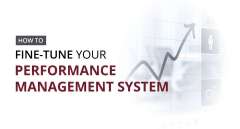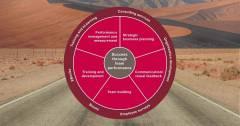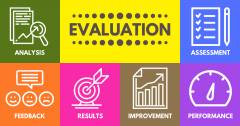The ability to learn faster than competitors may be the only sustainable advantage
According to Shell’s Arie de Geus. An organization’s capacity to learn needs to expand at an ever-increasing rate, just to keep up with technology, information, and global competition. Teams within organizations must continuously learn together if they are to compete successfully in today’s market. That learning should be focused on achieving the performance goals of the organization.
The fundamental question answered by the learning needs analysis is:
Who needs what competencies and in what order to achieve the team’s outputs, performance measures, and targets?
Competency standards are statements that define what the performer is expected to do and know. Competency standards for each competency are defined so that an individual’s performance in the competency can be assessed using published standards (criteria or objectives) for judging clearly whether the performer can or cannot meet the competency standard. For example, if the competency is a target setting, the competency standard could be to know how to set targets against defined quality standards; if the competency is computer utilization, one of the competency standards could be; be able to type and print a letter and label in Word.
Defining competency standards is an extremely important part of the learning needs analysis and should be done with the help of the learning department. Each competency in every competency profile should be accompanied by competency standards which become the learning goals in the learning plan should that competency be a priority for the organization. I refer you to our publication Performance Linked Learning for more detail on the relevant processes.
Core competencies are those that top management believes everyone in the organization should have as a matter of policy. These are competencies that reinforce a particular culture or set of common values that contribute to the achievement of the organization’s mission. For example, if an organization values performance, all members in the workplace may have to undergo training to improve performance, and the organization develops a culture that values performance improvement.
The way these competencies are to be expressed may vary according to level and function. For example, competency in business planning at the most senior levels of the organization may be expressed through competency in strategic planning; at the workforce level, this competency may translate into understanding budget categories and the variances between budgeted and actual expenditure on those identified categories.
The number of core competencies in any organization, no matter how large, should never exceed ten and should be prioritized. Ten competencies for 500 people, not 500 competencies for ten people. Training departments can then emphasize a handful of core courses that have an impact on a large proportion of the target population, rather than a large cafeteria offering of programs and courses, each affecting only a small proportion of the target population – a key management practice in organizations bent on creating excellence.
Each core competency should be stated so as to encourage common understanding throughout the organization. The content and delivery of each core competency may, of course, vary across the seniority levels and functional areas of the organization.
An example of ten core competencies:
- Induction
- Success through Team Performance
- Performance Measures Applied
- Performance-linked Learning
- Performance-linked Communication
- Safety
- Total Quality Management
- Business Planning/Time Management
- Problem Solving and Decision Making
- Basic Finance Skills
I refer you to our publication Performance Linked Learning for more information
TALK TO US ABOUT HOW WE CAN HELP YOUR BUSINESS
Book an obligation free clarity call to discuss our programs and your requirements.
Online Access, on our Learning Management System, or yours, to all five Sacher Associates courses:
- A Commonsense Approach to Business Planning
- Performance Measures Applied
- Performance Linked Communication
- Success Through Team Performance
- Performance Linked Learning
Discover how we can help your business increase productivity and improve performance:
- Discussion on consulting requirements
- Diagnostic review of your company
- Multiple User Access
- Access to Sacher Associates exclusive closed Facebook Group
- Customised courses and delivery solutions








